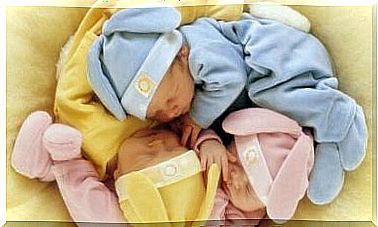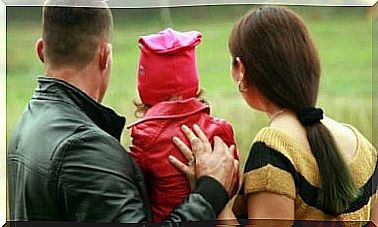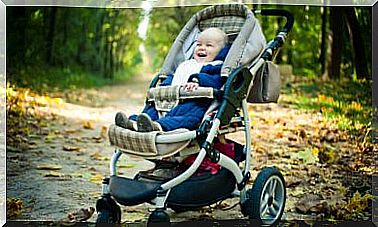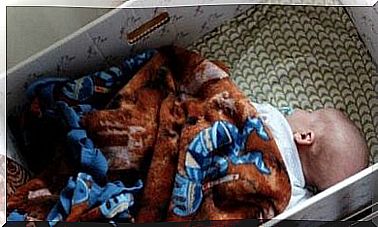How To Identify Language Disorders In Children?
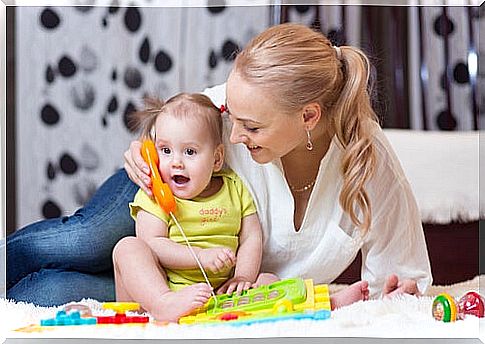
Language disorders in children can appear in delayed language or speech development.
If the child manifests any of these problems, they may have problems communicating with others or making themselves understood, which is directly associated with expressive language disorder, or will have problems understanding others, which is related to the disorder. of receptive language.
In babies and children, language develops naturally and is a process that begins at birth. For the child to correctly develop their language, they must be able to hear, understand and remember. It must also have the ability to form a speech.
Causes of language disorders in children
According to statistics, one in every twenty children has symptoms of language disorders. When the cause is unknown, it is called language development disorder.
These inconveniences usually start before the age of 4 years. Some mixed language disorders can be caused by brain damage.
Language disorders in children can also occur due to developmental problems or an injury to the central nervous system, which is called aphasia.
In this type of disorder, speech and language do not develop normally. It may be that the child has some language skills but not others.
language disorder symptoms
A child who has language disorders may have one or two symptoms from the list below. These signs can range from mild to severe.
On the one hand, children with receptive language problems may have difficulty understanding messages and will show the following signs:
- Difficulties in understanding what people say.
- Difficulties following instructions.
- Trouble organizing your thoughts and actions.

On the other hand, children with expressive language problems will present impediments to expressing what they are thinking or needing. These are the signs:
- They have difficulty arranging the words in a prayer or their prayers may be simple.
- The word order in the sentences may not be correct.
- They have trouble finding the right words when speaking and often use ready-made expressions.
- They have a vocabulary that is below the expected level for their age.
- They use certain phrases repetitively and repeat parts, such as questions.
- They use verbal tenses inappropriately.
Types of speech disorders
There are several types of language disorders in children. Regardless of the case, we can quickly notice some of these signs:
- Infant stuttering. Childhood stuttering is a problem that can be diagnosed and treated from the earliest stages of a child’s development. It consists of changing the rhythm and verbal fluency that is characterized by the repetition of syllables, words or phrases.
- Language delay. The diagnosis of a possible language delay must be determined by a specialist as soon as possible, as early intervention can prevent the onset of sequelae.
- Speech delay. It is possible to observe both the level of expression and understanding.
- Infantile dyslalia. This case is diagnosed when the child is unable to correctly pronounce speech sounds.
- Aphonia in children. It is a very common disorder in children and young people. It can be caused by throat disorders or poor speech habits.
- Children having trouble pronouncing the letter “R”. This letter usually starts to be pronounced later than other letters by children. Therefore, some children have difficulties to correctly pronounce the letter “R”.
- Child deafness. Some children may be born with damage to the outer, middle, or inner ear, or to the auditory nerve. This can cause listening problems.

The Advantages of Breathing Well to Speak Correctly
Breathing and voice are processes that are closely linked, to the point where if the child knows how to breathe well, he will be able to communicate correctly.
Incorrect breathing can cause respiratory illnesses that affect speech. Some disorders such as aphonia or injuries to the vocal cords may be due to the fact that the child has an incorrect breathing technique.
When a child breathes incorrectly, he inhales less air, which produces less power in his voice and hinders his ability to prolong sounds, due to the fact that his breathing rate is reduced.
Any inconvenience that appears in the child’s language can be detected and dealt with in time. The key is to pay attention to the natural language development process and, in the face of any anomaly, seek out your pediatrician so that he can indicate the steps to be followed.
